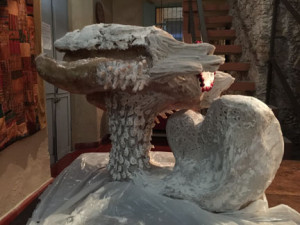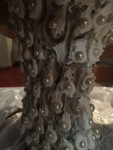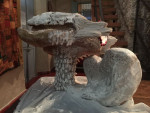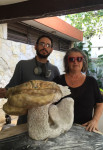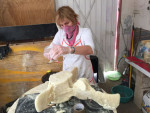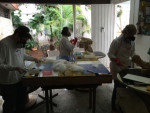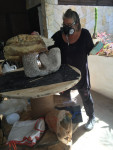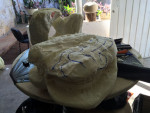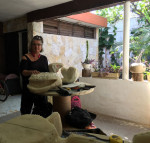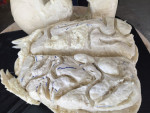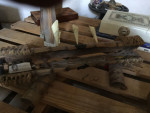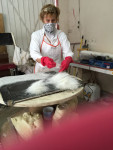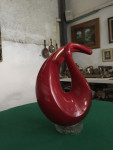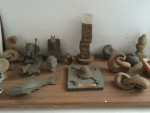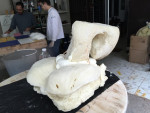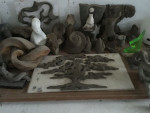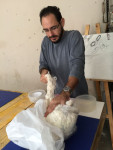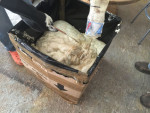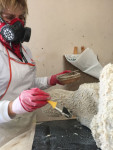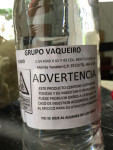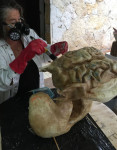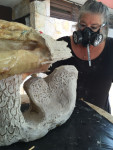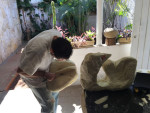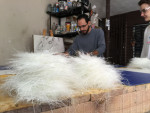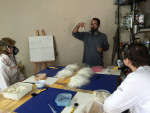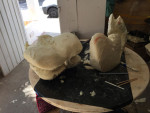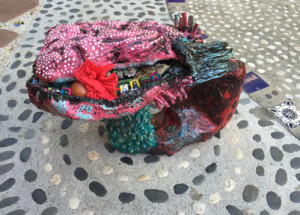
24″ W X 18″ H X 9 ” D
Fiberglass resin and found Mexican Folklorico objects
$350.00
I attended a sculpture class with resin artist Manolo Niembro. We made our own Styrofoam, we wore gas masks and we became chemists. Manolo spoke little English and I experienced the immersion model of language learning. I almost took a swig of the turpentine, thinking it was water and occasionally needed Katherine to translate but I would agree that immersion improves comprehension in a hurry!
Creating art from resin and fiberglass cloth is not a perfect fit for me but I did enjoy the experience and managed to create a work full of triple level metaphor. La Bestia, as this work came to be known as, represents Quezacoatal. This mythical winged serpent is present on many Aztec and Maya ruins. Quetzalcoatl Spanish is a Mesoamerican deity whose name comes from the Nahuatl language and means “feathered serpent”.The worship of a feathered serpent is first known documented in Teotihuacan in the first century BCE or first century CE. That period lies within the Late Preclassic to Early Classic period (400 BC – 600 AD) of Mesoamerican chronology, and veneration of the figure appears to have spread throughout Mesoamerica by the Late Classic(600–900 AD).
https://youtu.be/qev6A0C8504 MAnolo Video
https://youtu.be/gjtRHTjNWlA Bridges Video
During my short/long life I have been disappointed that there seems to be a scarcity of people who try to develop both the head and the heart. As I say to my students who are obsessed with earning a 100 on every assignment, Smarty with no Hearty will not serve you well in this world. La Bestia displays an exposed brain and a heart stylized tail. My somewhat blatant metaphor is my belief that Mexico and the feathered serpent have both the head and the heart. Click here to see the evolution of La Besta. Studying with Manolo – a resin sculptor
LA Bestia was finished and left at Quinta Camelias in Zihuatanejo where I will be all of February and March next year.
More Art with Mexican Themes
